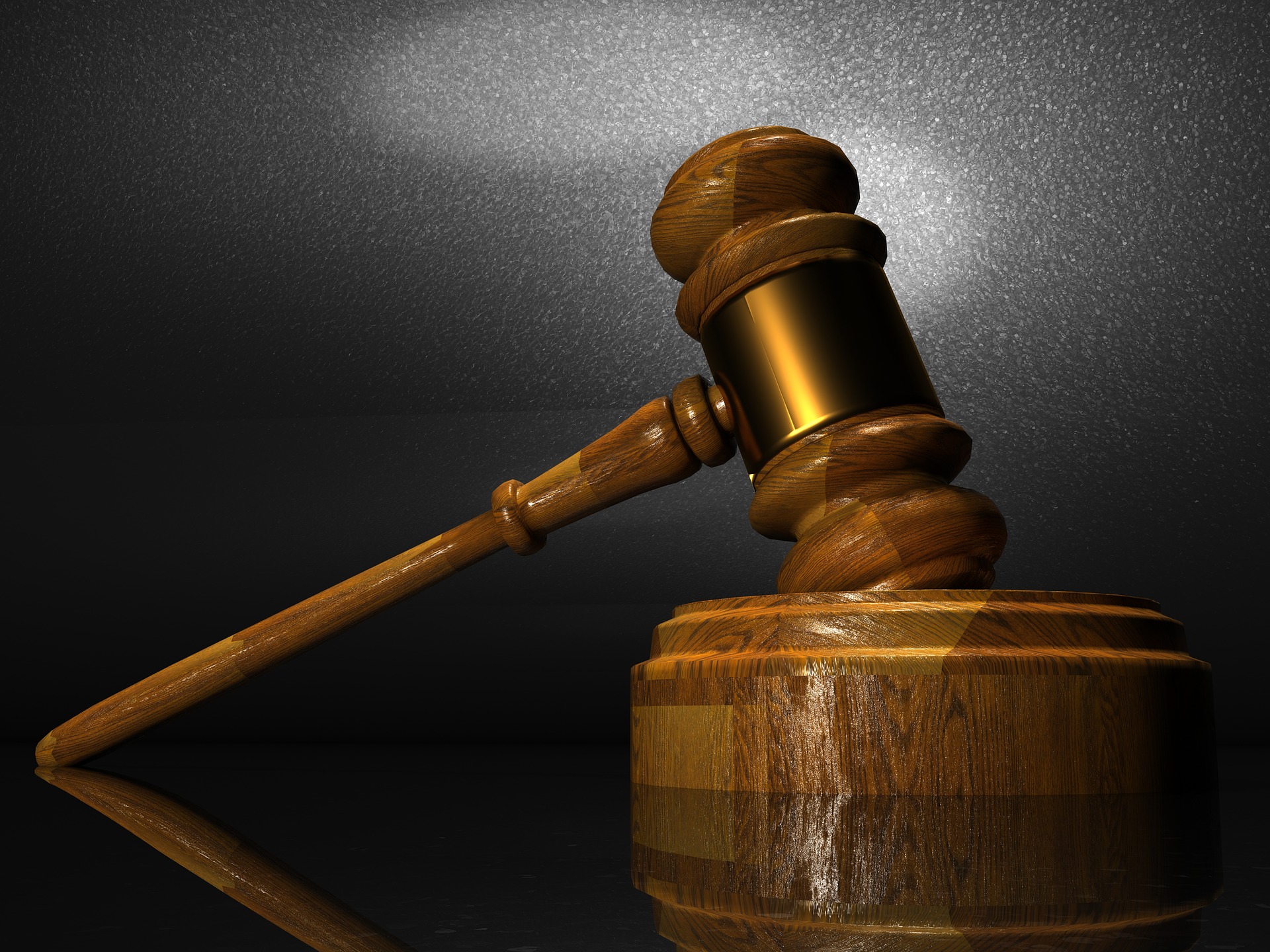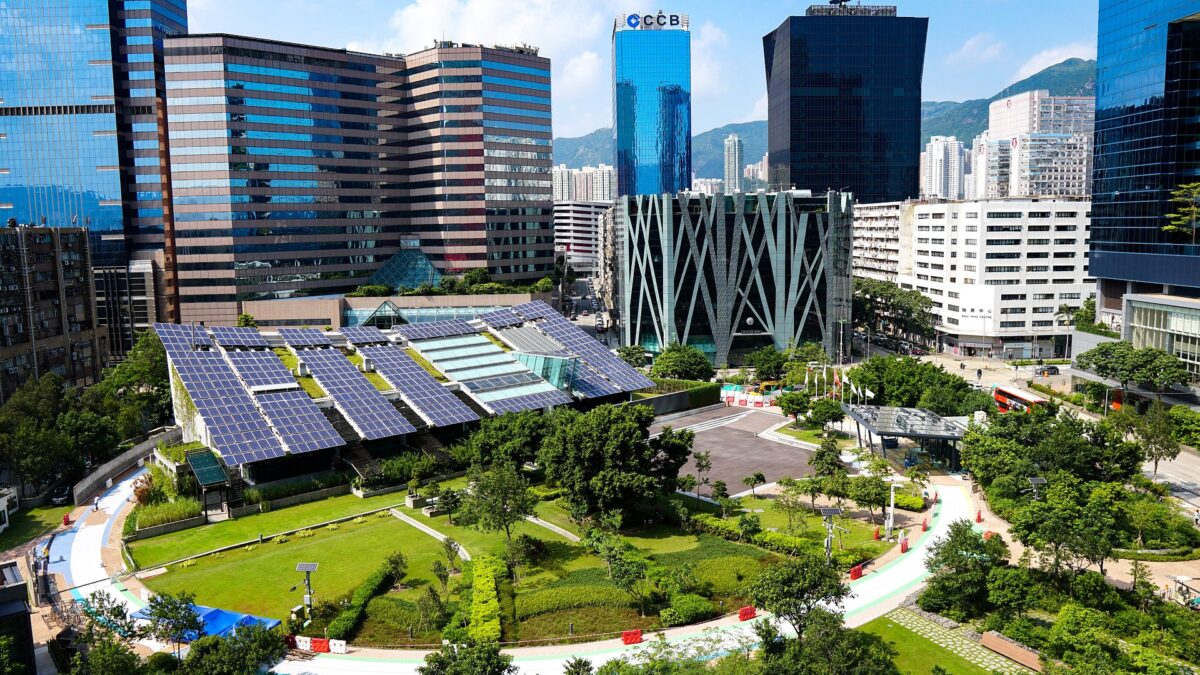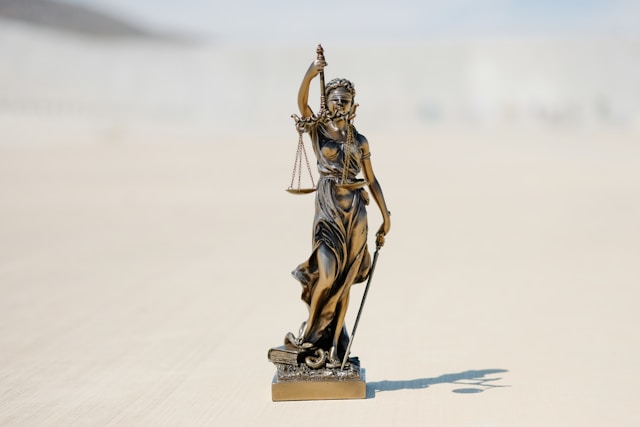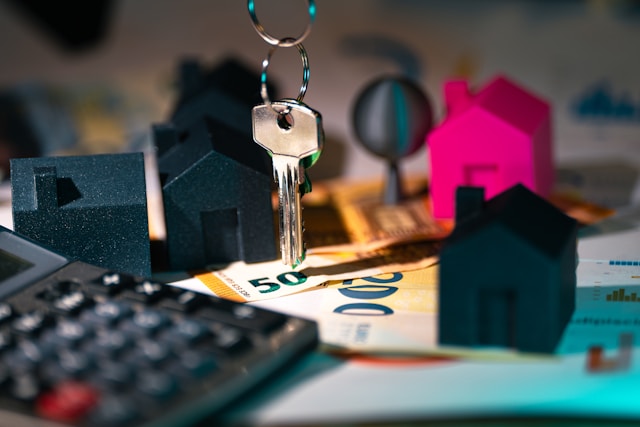
Recent Updates in the Technology Industry
October 7, 2022
Did David defeat Goliath- the resilience of English law through historical and contemporary challenges
October 10, 2022Article by Jaspreet Bassi
Buildings use significant amounts of energy and account for a considerable proportion of emissions and embedded carbon. For example, real estate accounts for 40% of global annual CO2 emissions. As a result, it is critical that sustainability is addressed within the real estate sector to help minimise climate change. However, it is important to note that the focus cannot solely be on design and construction; rather, there must be a more sustainable long-term solution. One solution is the implementation of green leases.
As sustainability is becoming a priority amongst many companies, green leases are gaining popularity as landlords and tenants work together to support real estate’s path to net zero.
What is a green lease?
A green lease includes clauses whereby both the owner and the occupier have responsibilities intended to help manage and improve the environmental performance of a building. For example, the clauses can concern energy and water efficiency measures.
Why use a green lease?
Owners and occupiers of commercial property are increasingly accepting that their buildings’ environmental performance cannot be ignored. A green lease presents benefits to both the owner and occupier. For example, it can help improve a company’s corporate image since there is growing investor interest in the ESG performance associated with their real estate investments. Additionally, tenants are concerned about their business’s environmental impact, which does not just concern their rent but also includes utility costs and environmental taxes. A lease that can help make a building green will reduce a tenant’s operational costs and provide a productive working environment for their staff.
But, there are issues…
There are many opportunities present within commercial buildings to make environmental improvements. However, the rate of change is still slow to meet the government’s carbon reduction targets. Although green leases are gaining popularity, the lease itself can vary in its ambition. For instance, a green lease can range from light green to dark green. Many clauses fall under the light green category, which imposes less responsibility on the parties, such as agreements to discuss environmental matters. On the other hand, dark green clauses are more specific and can require the parties to meet pre-determined environmental targets. Another problem is that for a green lease to be effectively implemented, there must be collaboration between the landlord and tenant to ensure they fulfil their environmental obligations under the lease. However, there can be a lack of trust between the parties, which poses a barrier to implementing a green lease. Despite this, we see a trend in the real estate sector where these issues are being tackled. For example, JLL (a real estate firm) acquired a new office in Canary Wharf, and a binding green clause was included in the lease. JLL and Canary Wharf Group will therefore work together to improve the sustainability performance and exceed BREEAM targets in their building.
Looking ahead…
With the target of drastically reducing carbon emissions by 2050, the logic behind green lease clauses may mean that they will soon become a requirement of commercial lease agreements across the UK.





